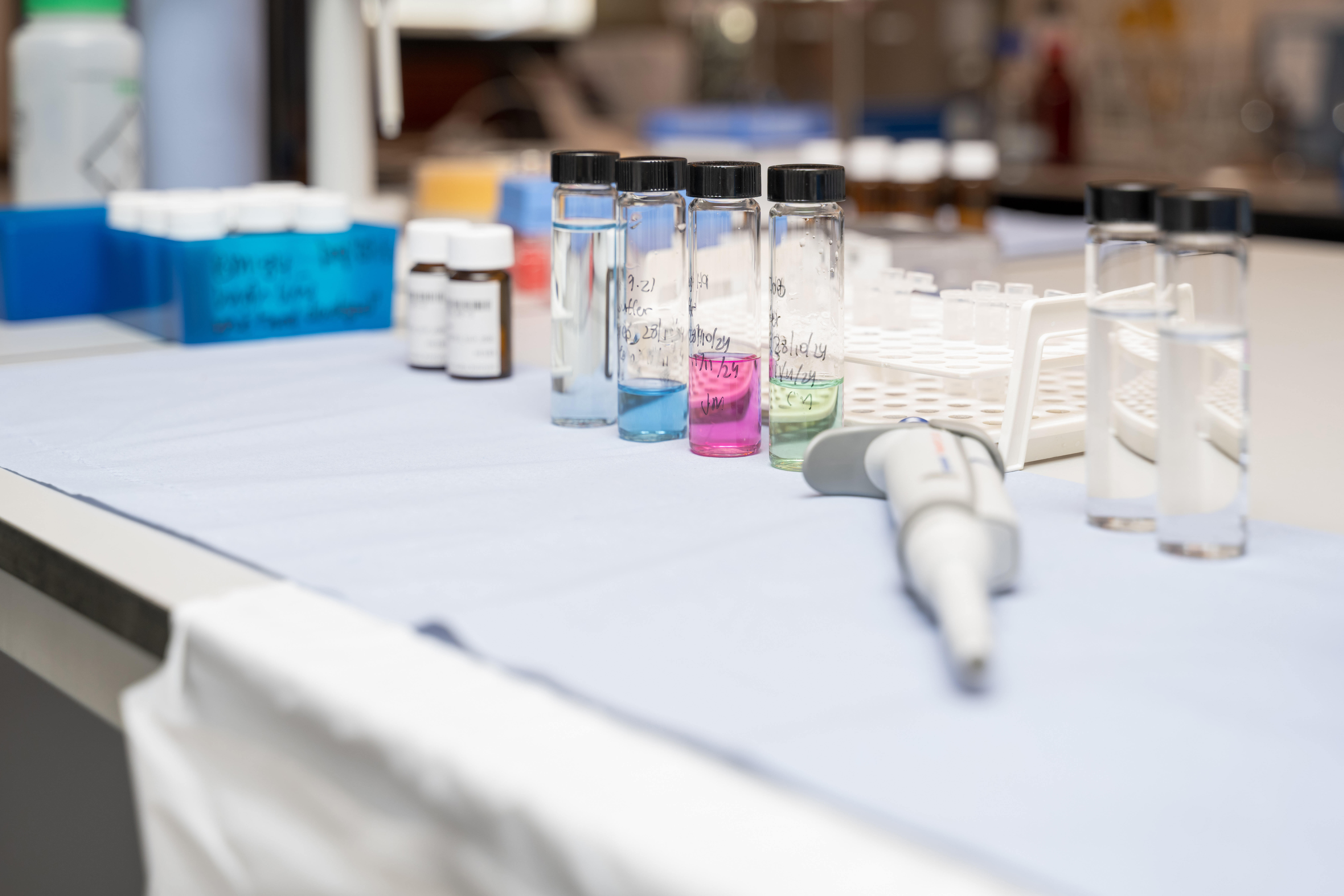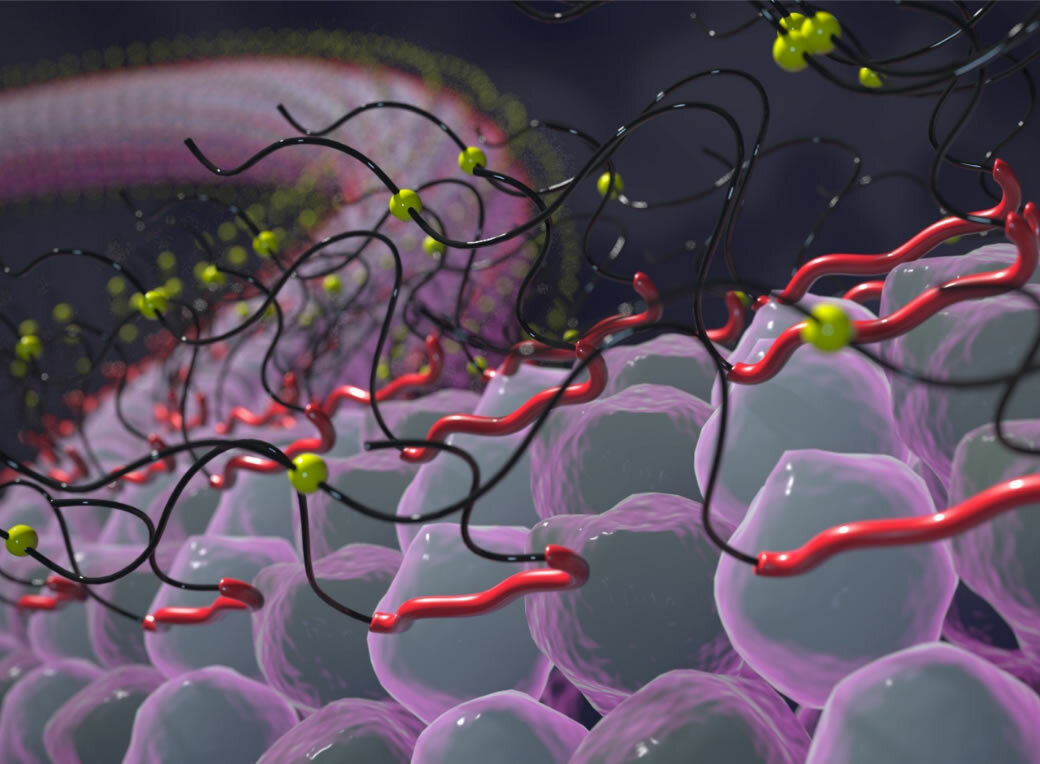Genting TauRx Diagnostics Centre and TauRx Pharmaceuticals have contributed a further £1million to The Scottish Biologics Facility (SBF), University of Aberdeen, which is responsible for the development of new protein-based technologies for the diagnosis and treatment of various diseases.
Since 2017, total funding of £3million has been provided to support the important research program. These further funds will be used to continue development of ground-breaking research, which exploits antibodies for both early-stage diagnosis and treatment of several dementia causing diseases including AD.
According to Alzheimer’s Disease International’s World Alzheimer’s Report 2021, AD is the greatest unmet clinical need of our time with 152 million people expected to be affected by 2050. This number includes many millions of people not yet showing signs of the disease but already on the way to developing AD in later life. Current tests, while capable of confirming a diagnosis, are unable to “see” early signs of AD and therefore no therapeutic interventions happen at this crucial pre-clinical stage of the disease.
Abnormalities in a brain protein called tau is now recognised as one of the hallmarks of AD and is closely associated with disease progression and severity. Researchers at the SBF believe there is potential to develop an antibody-based AD test that can measure abnormalities in the processing of tau protein from a simple blood sample. This information could be used to inform individuals of their “AD-risk-status” prior to the appearance of any symptoms and to initiate effective treatment strategies to slow down or even reverse the course of clinical decline.
The Head of SBF, Dr Soumya Palliyil, commented: “Healthy tau protein can be considered looking like a string of pearls, supporting a structure called microtubule which is responsible for the transport of nutrients and other essential substances between brain cells. However, in Alzheimer’s disease, tau misfolds and takes on an abnormal form that looks more like a hairpin like structure. Once these “hairpins” have formed they aggregate and encourage other healthy tau protein molecules to misfold and stick together. Eventually these aggregates of insoluble protein build up in the neurons forming tangles that cause cell death and clinical dementia. We are now close to having a test that can recognise the appearance of these tau “hairpins” as an indication of disease onset.
“What is even more exciting is that early data suggests the same antibodies could be developed to remove these disease-causing structures as a possible treatment of disease. The holy grail would be to use our antibodies to stop the formation of tau aggregates in the first place.
‘’This programme has funded and trained a team of early-stage researchers in protein engineering and state-of-the-art single molecular array immunoassays to develop a biomarker-based diagnostic test for early-stage pre-symptomatic AD. The team are excited to continue working with TauRx Pharmaceuticals Ltd and Genting TauRx Diagnostic Centre Sdn Bhd to progress with the preclinical phase development and make meaningful changes to patient lives.”
Prof Andy Porter, Director of the SBF, added: “I have spent many years researching and developing new treatments for cancer, inflammatory disease, and infections such as COVID. However, AD is without doubt the most challenging and complex disease we at the SBF have ever looked to tackle, even using the very latest technologies that we have at our disposal. In a post-Covid world we are used to antibody technology, in the form of lateral flow tests, as part of our daily routine. The goal of a simple blood test for AD now at least seems possible.”
Prof Bjoern Schelter, CEO of Genting TauRx Diagnostic Centre (GTD), explained: “Advances in diagnostics for Alzheimer’s disease are critical for future dementia management. Funding this program at SBF adds to our development of other diagnostic tools to maximise the prospect of early, affordable diagnosis of AD and other forms of dementia. Investing in this research has helped to retain the breadth of expertise we all need from such high-quality scientific teams to support new developments.”
Professor Claude Wischik, co-founder and Executive Chairman at TauRx, concluded: “The AD population desperately needs progress in diagnostics to secure wide access to future therapies. At TauRx, our focus is on delivering a successful late phase clinical trial in AD, and we intend to announce results in mid-2022. Yet we also fully appreciate the necessity of early, accurate diagnostic tools that are simple to administer. We know there are bottlenecks in the diagnostic pathway for patients due to lengthy wait times for specialist scans, and this will be exacerbated in the event of a therapeutic breakthrough, when patients will have greater incentive to secure a diagnosis and seek treatment.
“The work of SBF is valuable in helping take us all a step closer to achieving this much needed transformation to patient management.”






